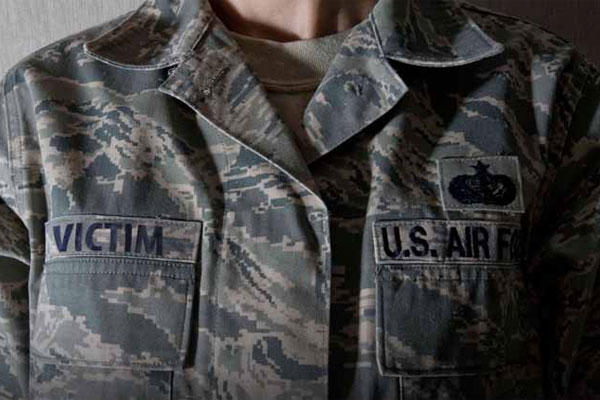Sexual assaults reported by military personnel rose by 11 percent last year but the overall trend on assaults and unwanted sexual contacts decreased, Pentagon officials said Friday.
In addition, "men are less likely to report and more likely to experience" sexual assault, and men were also more likely to view the assault as hazing rather than a crime, Defense Secretary Ashton Carter said.
Carter spoke at a Pentagon briefing for the release of the Defense Department's annual Sexual Assault and Response Program Office (SAPRO) report to Congress which showed that in Fiscal Year 2014 the military received a total of 6,131 reports of sexual assault.
The number represented an 11 percent increase over FY 2013, but the SAPRO report said the increase was a positive sign showing that more victims were willing to come forward to report the crime.
In addition, a Rand survey that was part of the SAPRO report estimated that the actual number of sexual assaults in the ranks last year was about 20,300 -- a drop from about 26,000 in FY 2013.
"Overall, the occurrences of the crime have decreased since 2012," said Brad Carson, DoD's acting undersecretary for Personnel.
Carter said that the 20,300 figure was still "far, far too many."
"That's abhorrent and it has to stop," he said.
Dr. Nathan Galbreath, a psychologist and a senior adviser at SAPRO, said there was "an important connection between unit climate and sexual assaults" that had to be addressed. "One jerk in a unit can cause a lot of problems," Galbreath said.
The report showed that 2014 victims of sexual assault made 4,660 "unrestricted reports" and 1,840 "restricted reports" on the crime. The Defense Department characterizes unrestricted reports as those made to a command or law enforcement, while restricted reports allow victims to access medical care and counselling without triggering an investigation.
A major finding in the Rand survey based on statistical projections from raw numbers estimated that 10,600 military men and 9,600 women were victims of sexual assault last year.
However, women were still five times as likely to be victims of sexual assault since men outnumber women in the military by about six to one, the report said.
Men also tended to react differently when they were victimized, the report said.
"Male victims who experience sexual assault during incidents of hazing or bullying may not consider reporting the experience because of the misperception that the incident is not a sexual' assault," according to the report.
"Relative to women, men who indicated experiencing a sexual assault were less likely to tell anyone or file a report and alcohol was less likely to be involved," the report said.
Assaults against women were more likely to involve alcohol – 41 percent of women had been drinking at the time of the assault, the report said.
The report also showed "significant differences" among the service branches on sexual assault victimization.
"Both men and women in the Air Force were estimated to be at lower risk for experiencing a sexual assault than members of the other branches," the report said.
The estimated percentage of active duty members experiencing any type of sexual assault was 1.54 percent for all the services. For the Army, it was 1.46 percent; Navy 2.36 percent; Air Force; 0.78 percent; Marine Corps 1.63 percent.
-- Richard Sisk can be reached at richard.sisk@military.com






























